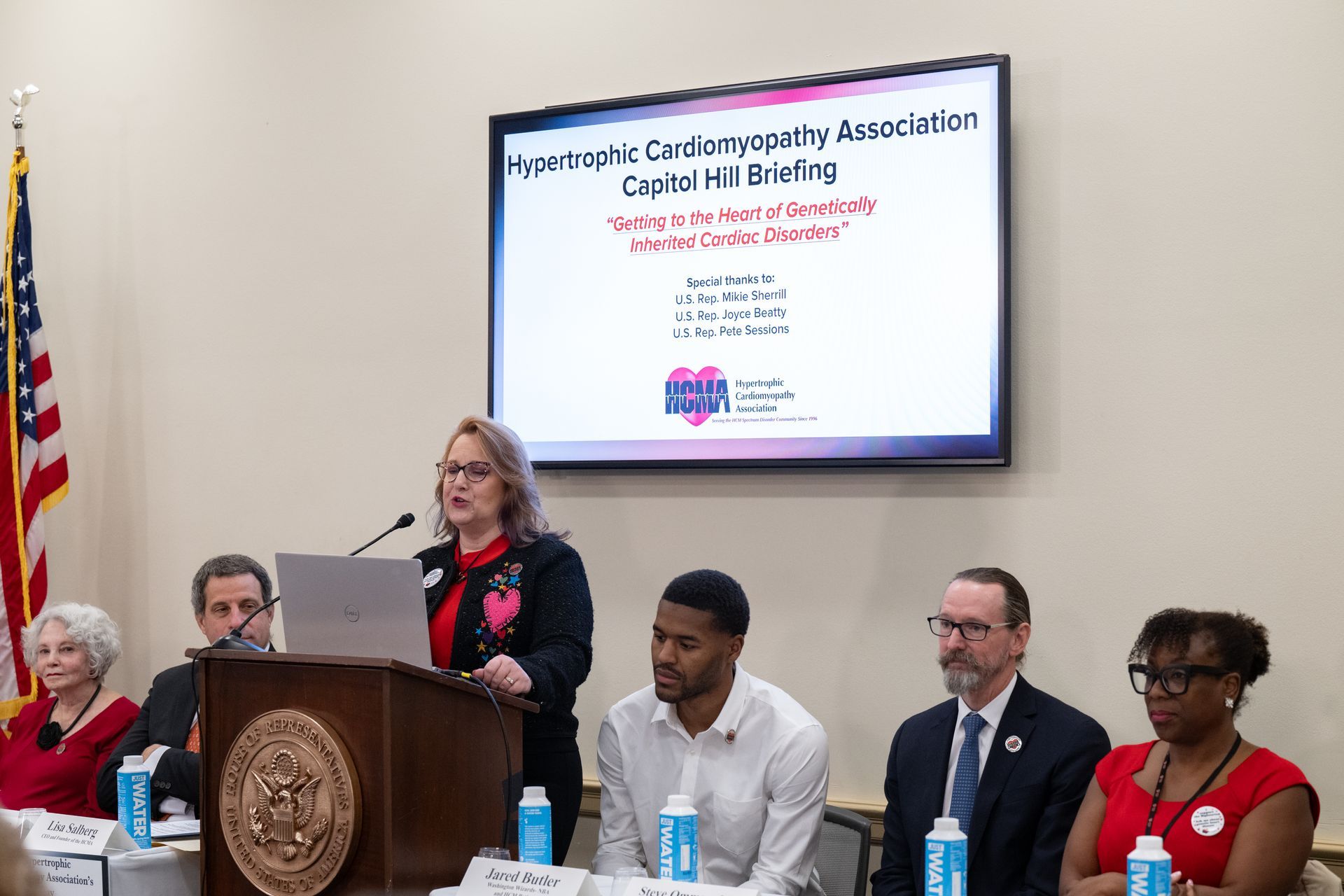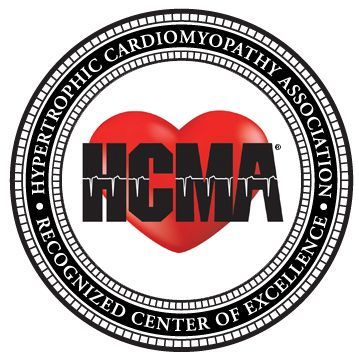BACKGROUND
Septal reduction therapy (SRT), surgical myectomy, or alcohol ablation, is recommended for obstructive hypertrophic cardiomyopathy (oHCM) patients with intractable symptoms despite maximal medical therapy but is associated with morbidity and mortality.
OBJECTIVES
This study sought to determine whether the oral myosin inhibitor mavacamten enables patients to improve sufficiently to no longer meet guideline criteria or choose to not undergo SRT.
METHODS
Patients with left ventricular (LV) outflow tract (LVOT) gradient$50 mm Hg at rest/provocation who met guideline criteria for SRT were randomized, double-blind, to mavacamten, 5 mg daily, or placebo, titrated up to 15 mg based on LVOT gradient and LV ejection fraction. The primary endpoint was the composite of the proportion of patients proceeding with SRT or who remained guideline-eligible after 16 weeks of treatment.
RESULTS
One hundred and twelve oHCM patients were enrolled, mean age 60 12 years, 51% men, 93% New YorkHeart Association (NYHA) functional class III/IV, with a mean post-exercise LVOT gradient of 84 35.8 mm Hg. After 16 weeks, 43 of 56 placebo patients (76.8%) and 10 of 56 mavacamten patients (17.9%) met guideline criteria or underwent SRT, difference (58.9%; 95% CI: 44.0%-73.9%;P<0.001). Hierarchical testing of secondary outcomes showed significant differences (P<0.001) favoring mavacamten, mean differences in post-exercise peak LVOT gradient 37.2 mm Hg;$1 NYHA functional class improvement 41.1%; improvement in patient-reported outcome 9.4points; and NT-proBNP and cardiac troponin I between-groups geometric mean ratio 0.33 and 0.53.
CONCLUSIONS
In oHCM patients with intractable symptoms, mavacamten significantly reduced the fraction of patients meeting guideline criteria for SRT after 16 weeks. Long-term freedom from SRT remains to be determined.
(A Study to Evaluate Mavacamten in Adults With Symptomatic Obstructive HCM Who Are Eligible for Septal ReductionTherapy [VALOR-HCM];NCT04349072)
(J Am Coll Cardiol 2022;80:95–108) © 2022 The Authors. Published by Elsevier on behalf of the American College of Cardiology Foundation.
This is an open-access article under the CC BY-NC-ND license(http://creativecommons.org/licenses/by-nc-nd/4.0/).
For access to the full article please visit : https://www.jacc.org/doi/epdf/10.1016/j.jacc.2022.04.048
Follow-up article by Dr. Steve Ommen: https://www.jacc.org/doi/epdf/10.1016/j.jacc.2022.05.009
HCMA Blog


 Translate
Translate